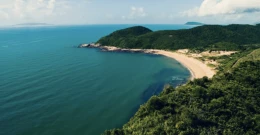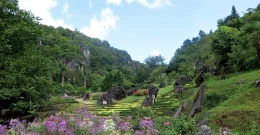Vietnam's stunning northern highlands never fail to captivate visitors with their dramatic landscapes and vivid cultures. Nestled in this spectacular setting is the town of Sapa, a vibrant mountain community that has long charmed travelers to the region. Known for its lush rice terraces that cascade across verdant valley slopes, Sapa is also home to a diverse array of ethnic minority groups.
As a travel lover with a particular passion for Asia's lesser visited areas, I had long hoped to witness Sapa's natural charms in person. However, limited guiding resources in English presented an obstacle to planning independent exploration. Thankfully, after months of research both online and by tapping local contacts, I felt prepared to immerse myself safely in this special corner of Vietnam.
Armed with knowledge on the best times to visit considering weather and scenery, transportation logistics from Hanoi, and accommodation options to suit different budgets, I was eager to begin my highlands adventure. Studying up on must-see destinations like the scenic Hill of Angels viewpoints helped me maximize my limited time in the area as well. Most importantly, I learned about the hearty local cuisine and how exploring minority villages could offer rewarding cultural exchanges.
Table of Contents
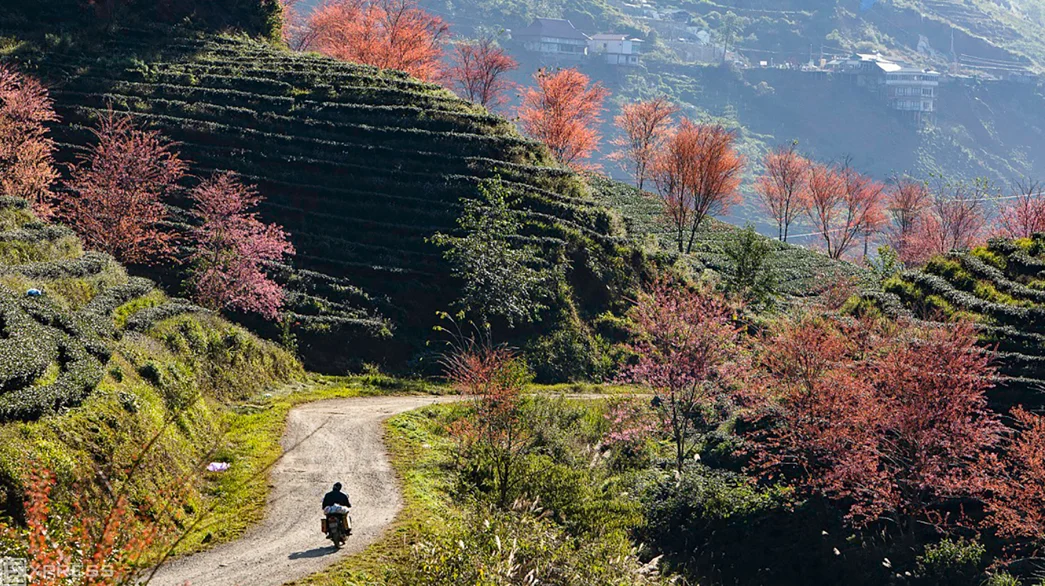
In the following guide, I aim to share the key lessons from my travels to make Sapa more accessible for English-speaking visitors. With the right pre-trip planning, even independent travelers can fully appreciate this breathtaking mountain province. I hope this overview of seasonal tips, what to do, and where to stay inspires more people to experience Vietnam's enchanting northern highlands.
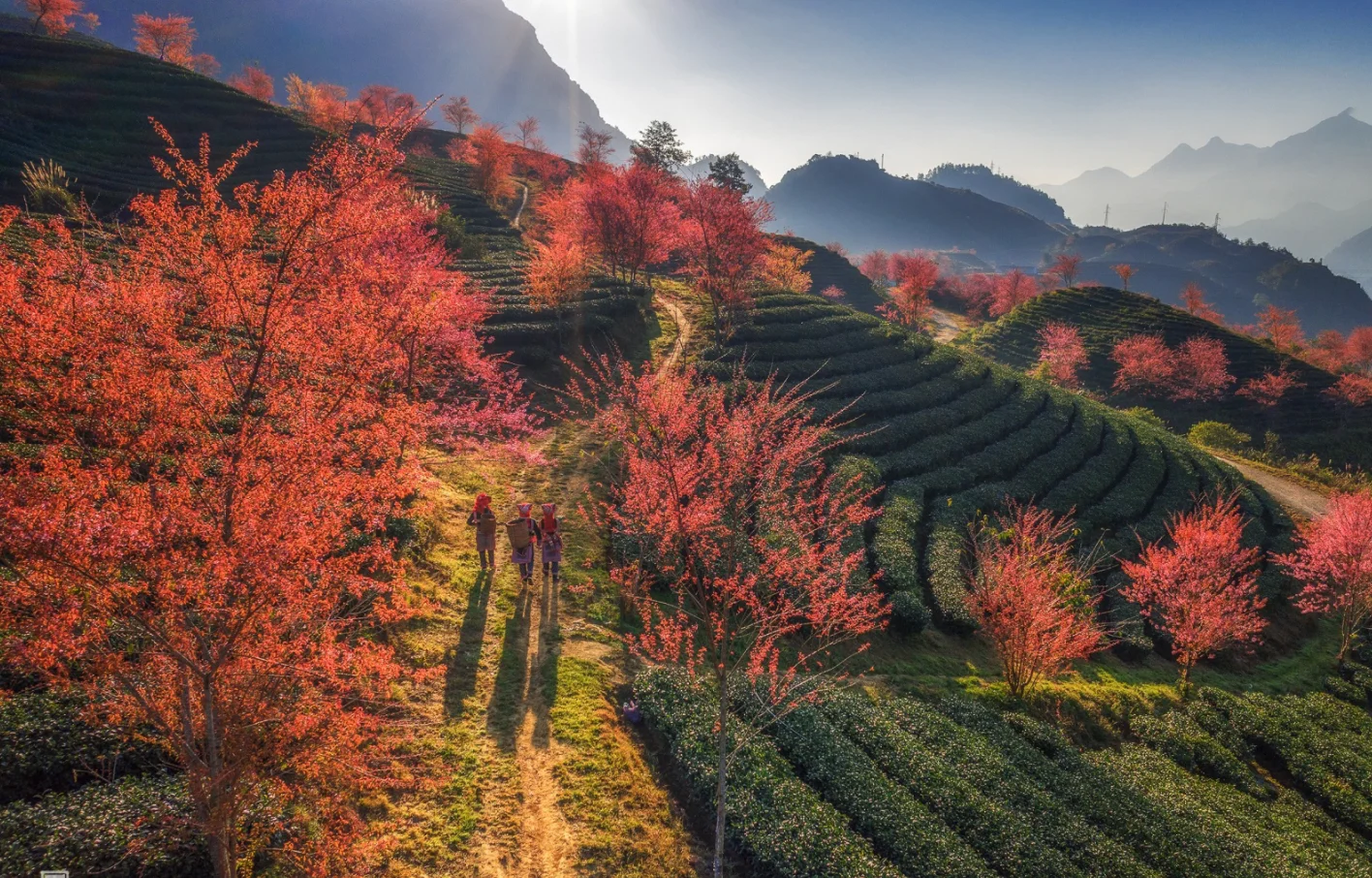
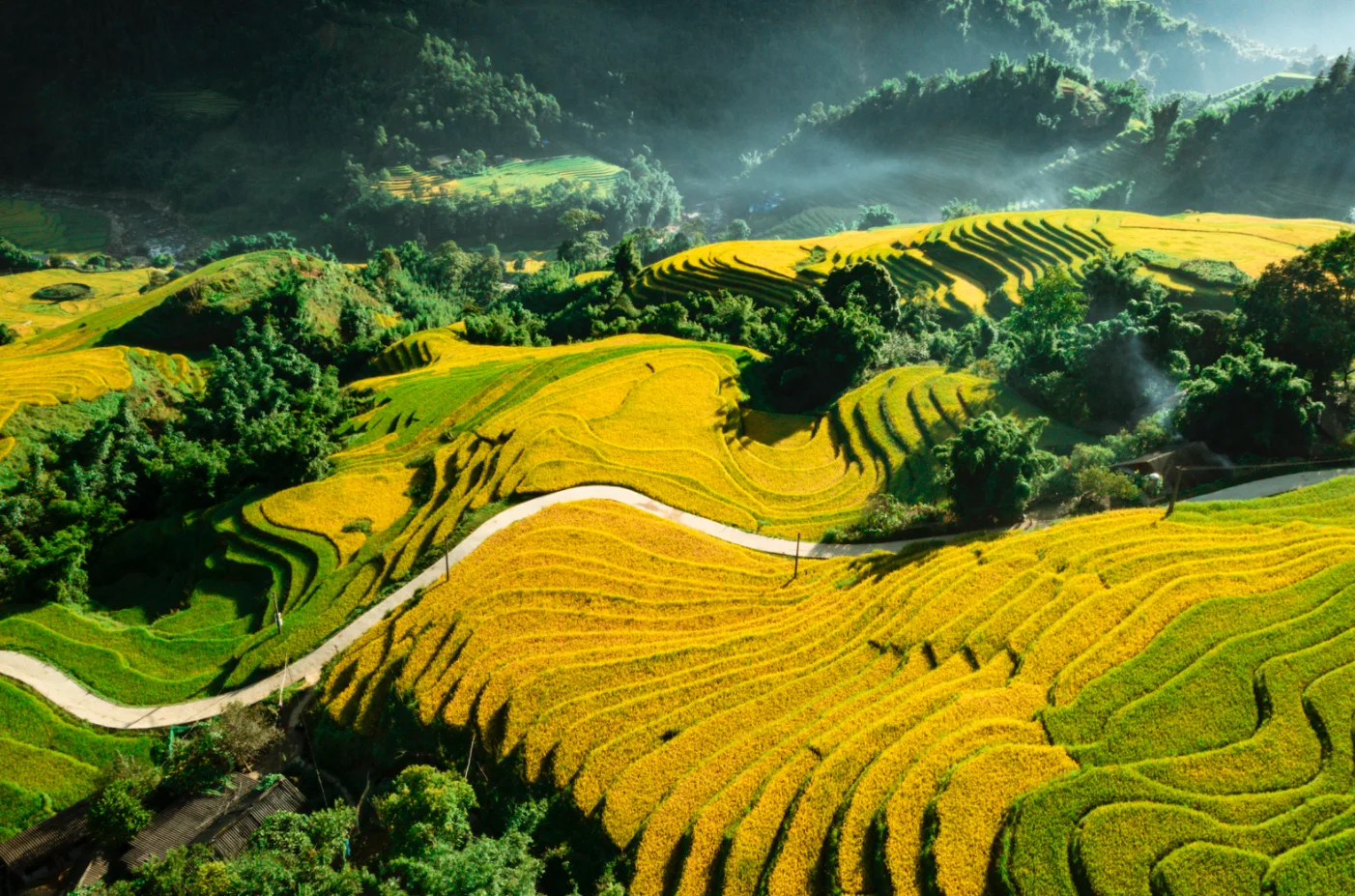
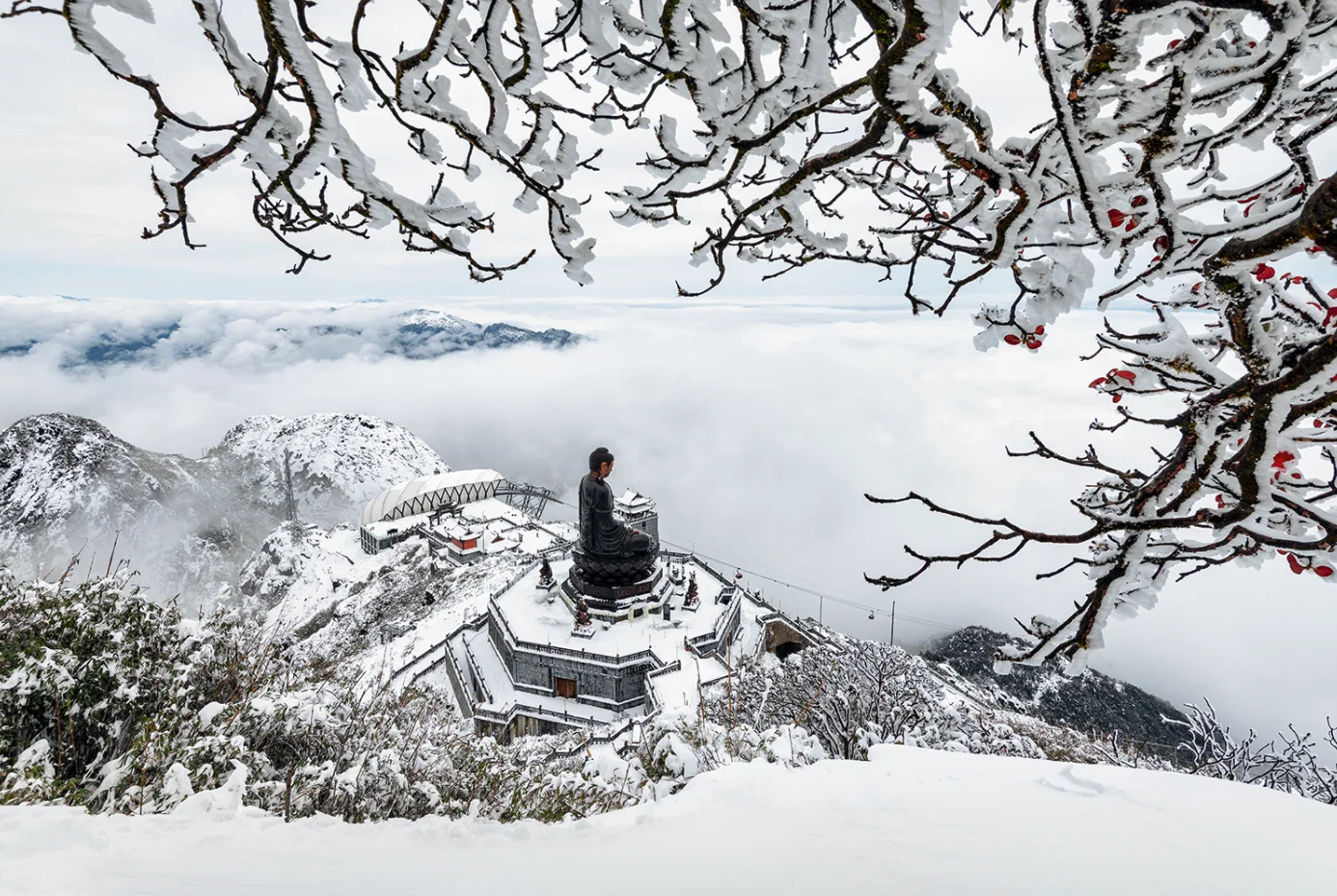
When is the Best Time to Visit Sapa?
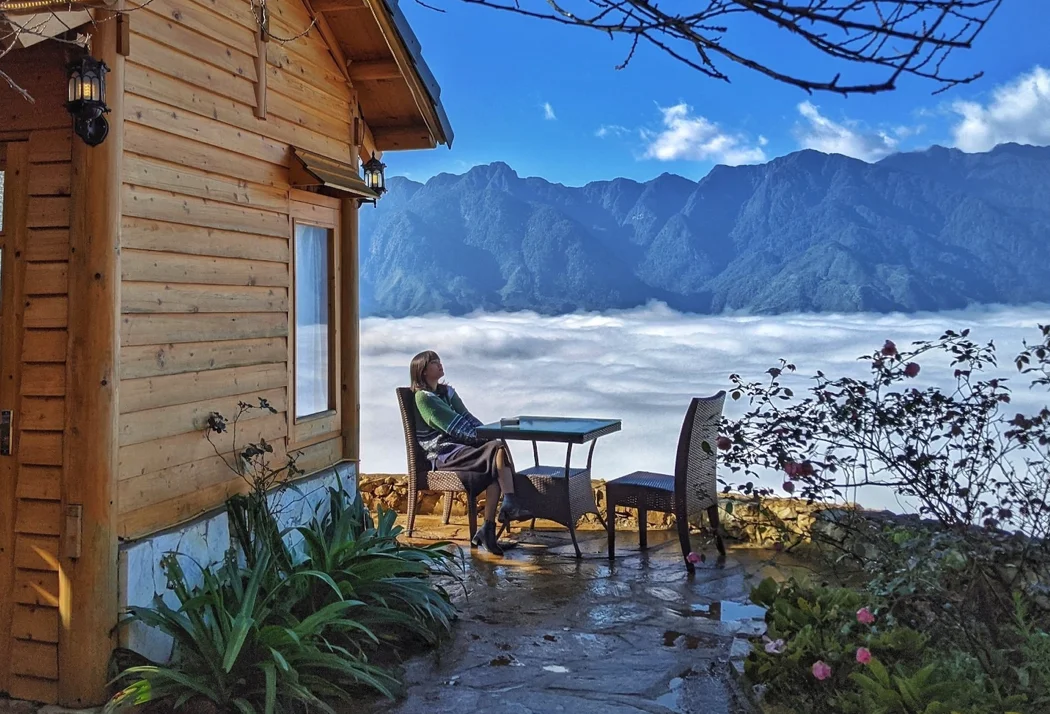
Sapa offers beautiful scenery no matter the season. However, some periods are more scenic than others. Spring (February-May) is stunning with blooming flowers like cherry blossoms and plums. Summer (June-August) is ideal for escaping the heat down south while admiring the lush green terraces. In late summer/fall (September-November), the golden rice paddies glow as harvest season begins. Winter (December-February) can occasionally bring snow to the mountain peaks, offering postcard-worthy views. The rainy season from June to August sees frequent heavy downpours, so it's generally best to avoid this time.
Getting to Sapa
The most popular way to reach Sapa from Hanoi is by public bus. Buses depart regularly from My Dinh station, taking around 5-6 hours and costing $15-25 depending on the company. For a more comfortable ride, private transfers start at $50. The scenic train journey from Hanoi takes 7-9 hours but includes stunning views, with fares from $10-40 depending on the class. Driving yourself allows more flexibility, following Highway 4D around 6 hours from Hanoi. Negotiating the steep mountain roads requires care, especially in wet conditions.
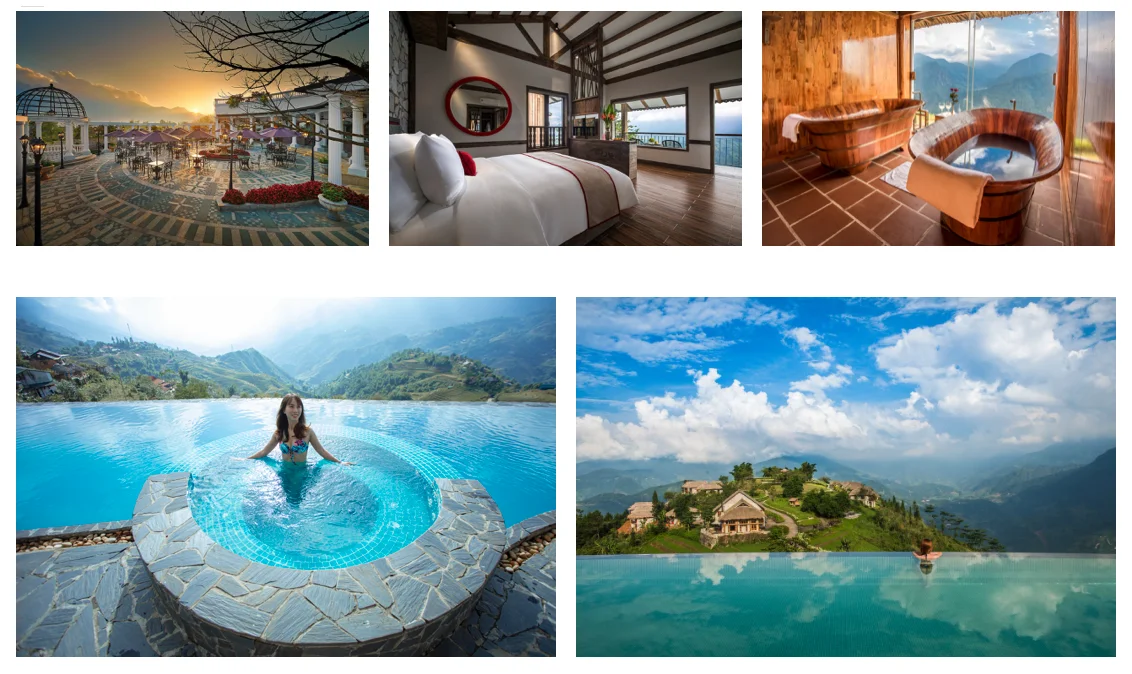
Where to Stay in Sapa
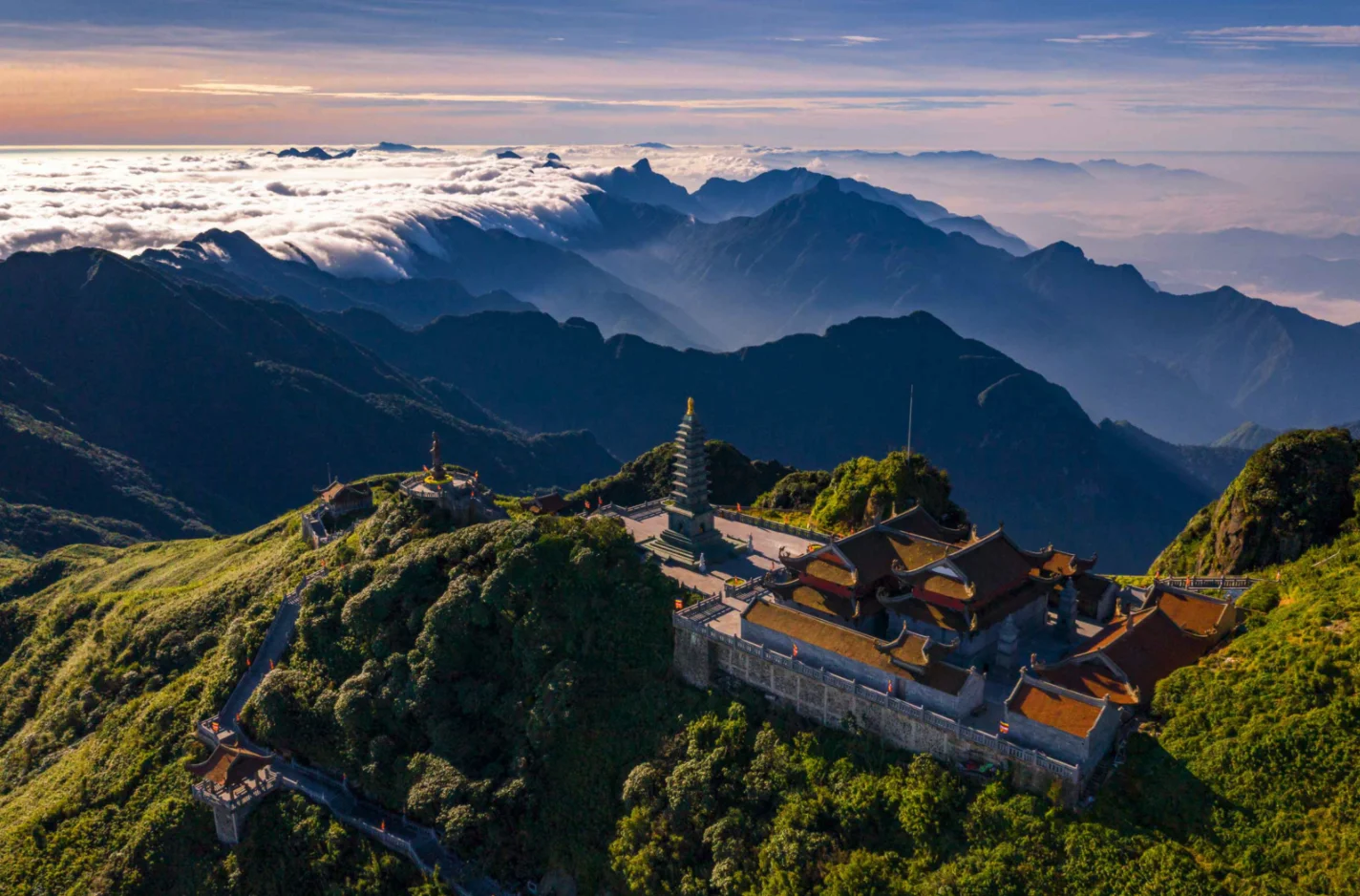
There is a wide variety of accommodation to suit all budgets. Budget travelers will find dorm beds and simple rooms from $10 at guesthouses like Eco Palms and Sapa Green. Mid-range options include family-run homestays in villages like Cat Cat from $30-50 per room, immersing you in local life. For more comfort, hotels like Topas Ecolodge and Sapa Victorious Hotel offer mountain views from $60-150. Cat Cat and neighboring Lao Chai are also beautiful walks from town. The remote resorts perched on the hillsides, like Paradise Sapa Resort, provide spectacular isolation for $150-300.
Top Things to Do in Sapa
- Hike to the Hill of Angels for panoramic town views (entrance $3)
- Wander through villages like Cat Cat and admire the terraced fields
- Visit the historic Church of Sapa, built from intricately carved stone
- Take the cable car up Mount Fansipan, Vietnam's highest point (roundtrip $40)
- Picnic beside the emerald waters of Séo Mý Tý Lake
- Marvel at the staggering landscapes along scenic Ô Quy Hồ Pass
- Snap photos at quirky backdrops like Swing Hill and Bird's Nest Place
- Soak in the natural hot springs near nearby Sa Pa in the winter months
Where to Eat in Sapa
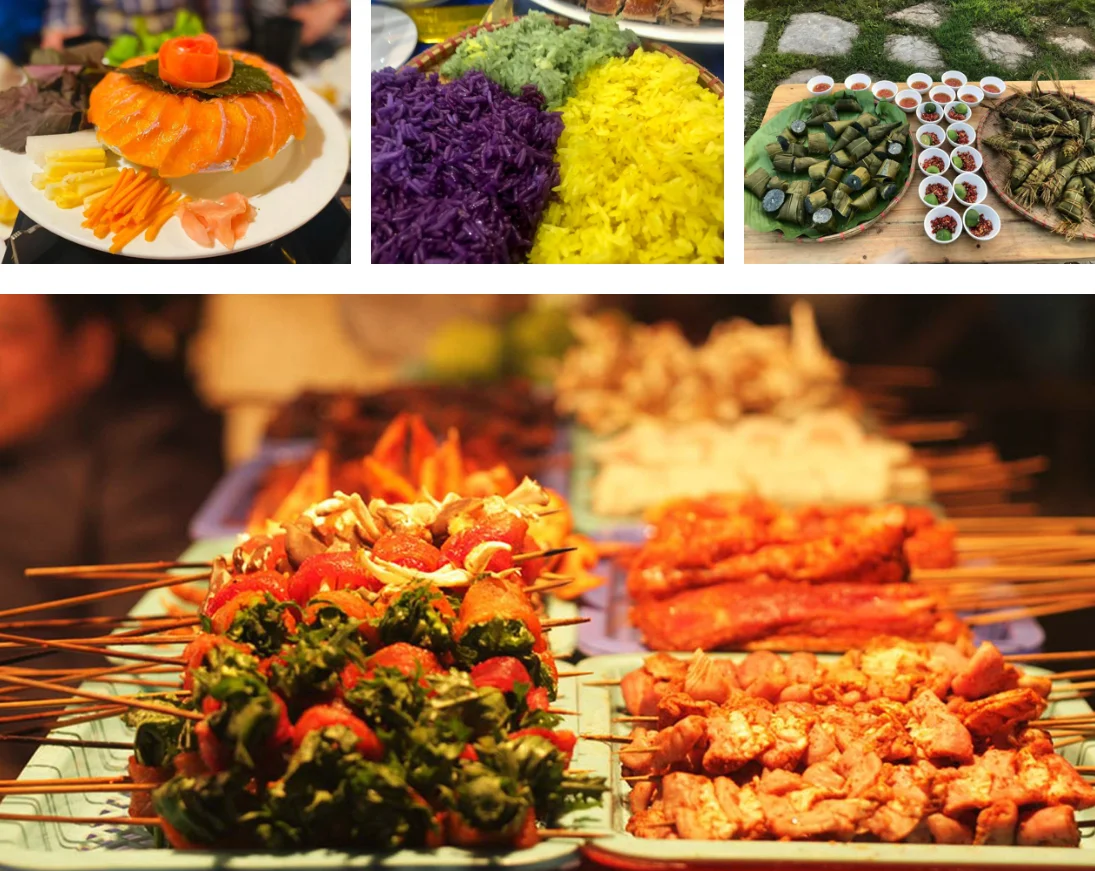
Sapa cuisine revolves around mountain and terrace-grown ingredients. Top dishes include grilled meats like pork and chicken skewers ($3-5), served family-style. Trout and salmon freshly pulled from nearby streams star in hot pots ($15-30). Rice noodles and stews warm the soul on chilly nights. Cafes now dot the town as well, offering snacks with panoramic views. Be sure to sample local specialties like corn pancakes, smoked fish, and black rice wine during your travels through this charming region.
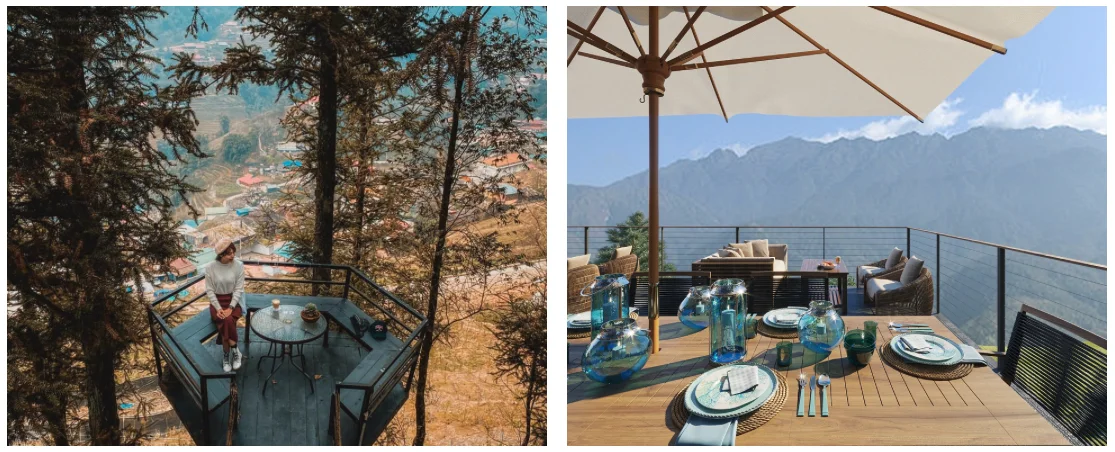
In conclusion, a trip to Sapa promises breathtaking scenery, cultural immersion, and hearty mountain fare. With the right planning using guides like this, travelers can make the most of their limited time in this special corner of Vietnam. I hope these insights inspire your own adventures in Asia's lush northern highlands.




